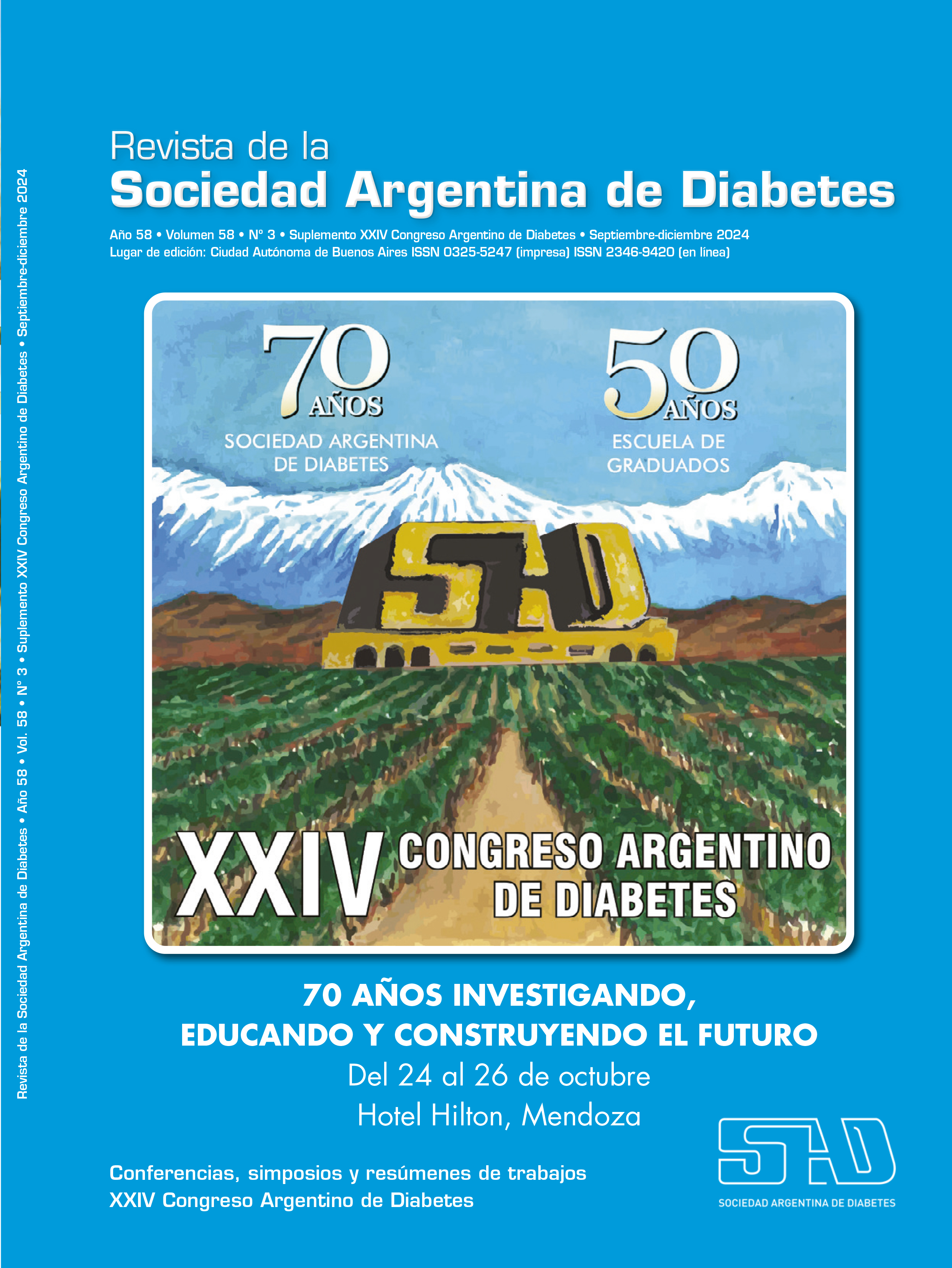Paediatric steatotic liver disease
Keywords:
fatty liver, pediatricsAbstract
Metabolic fatty liver disease (MASLD), as currently defined, is the most common cause of chronic liver disease in children worldwide, constituting a serious problem from a public health perspective. The current habits of our population, such as a sedentary lifestyle, several hours spent in front of screens, inadequate physical activity and a high-calorie diet with an unbalanced composition, play a leading role as triggers of a genetically conditioned mechanism.
MASLD is defined as the presence of macrovacuolar steatosis in more than 5% of hepatocytes in the absence of other entities that produce fatty liver. The spectrum of the disease includes simple steatosis, steatohepatitis and, in predisposed patients, the development of cirrhosis and its complications. In children, an overall prevalence of 1-3% is estimated in the Western population, and up to 38% in the population of obese children; however, 5% of patients have a normal BMI. There is a correlation with the increase in the prevalence of obesity and overweight in children. The pathophysiology is not fully established. The expansion of visceral adipose tissue, with an increase and imbalance in the metabolism of free fatty acids and glucose, would be responsible for the inflammation associated with MASLD, favored by genetic, epigenetic and environmental factors. The initiation of the fibrogenic cascade could be triggered by the activation and proliferation of the Stellar cell, the producer of collagen par excellence. The spectrum of this lesion ranges from mild fibrosis to cirrhosis. Children with MASLD are mostly obese or overweight and acanthosis is a frequent finding. The liver function test is usually normal or with a slight increase in transaminases (GPT>GOT); the lipid profile is often altered. Ultrasound is the first imaging study to be performed and is the one that suggests the diagnosis; although the definitive diagnosis is only established by liver biopsy. Considering that most patients with MASLD are obese, gradual weight loss and aerobic exercise is the only recommended treatment with proven results (improvement of transaminase levels and histological involvement). Other therapeutic measures would be aimed at treating some component of the metabolic syndrome. Fatty liver is an entity that highlights social inequality; our efforts should be directed at its recognition and treatment, understanding that advanced disease can occur at an early age, but also at raising awareness in our population of the current situation and the risks it entails.
References
I. Draijer L, Benninga M, Koot B. Paediatric steatotic liver disease has unique characteristics: a multisociety statement endorsing the new nomenclatura. J Pediatr Gastroenterol Nutr 2019;1-7.
II. Nobili V, Alisi A, Valenti L, et al Pediatric NAFLD: an overview and recent developments in diagnostics and treatment. Expert Review of Gastroenterology & Hepatology 2019; 13(5):447-461.
III. Vos MB, Abrams SH, Barlow SE, Caprio S, Daniels SR, Kohli R, Mouzaki M, Sathya P, Schwimmer JB, Sundaram SS, Xanthakos SA. NAFLD in children: new genes, new diagnostic modalities and new drugs. Nat Rev Gastroenterol Hepatol 2019;16:517-530.
IV. Vos MB, et al. NASPGHAN Clinical Practice Guideline for the Diagnosis and Treatment of Nonalcoholic Fatty Liver Disease in Children: Recommendations from the Expert Committee on NAFLD (ECON) and the North American Society of Pediatric Gastroenterology, Hepatology and Nutrition (NASPGHAN). J Pediatr Gastroenterol Nutr. 2017 Feb;64(2):319-334.
Downloads
Published
Issue
Section
License
Copyright (c) 2024 on behalf of the authors. Reproduction rights: Argentine Society of Diabetes

This work is licensed under a Creative Commons Attribution-NonCommercial-NoDerivatives 4.0 International License.
Dirección Nacional de Derecho de Autor, Exp. N° 5.333.129. Instituto Nacional de la Propiedad Industrial, Marca «Revista de la Sociedad Argentina de Diabetes - Asociación Civil» N° de concesión 2.605.405 y N° de disposición 1.404/13.
La Revista de la SAD está licenciada bajo Licencia Creative Commons Atribución – No Comercial – Sin Obra Derivada 4.0 Internacional.
Por otra parte, la Revista SAD permite que los autores mantengan los derechos de autor sin restricciones.




























